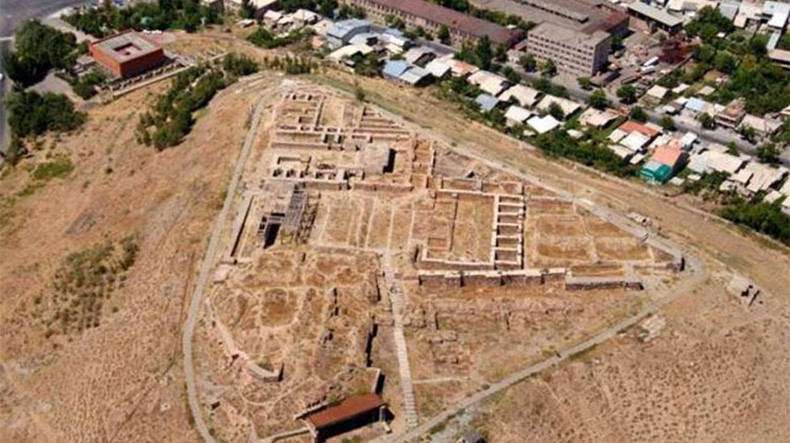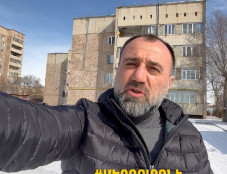
281 mausoleums found during Karmir Blur excavations
Exceptional findings have been made during excavations in Karmir Blur, deputy director of the Scientific-Research Center of Historic-Cultural Heritage, archaeologist Hakob Simonyan said during a press conference today, September 15.
“The excavations in Teishebaini have begun in 2015-2016. The Argavand-Shirak road, bypassing Yerevan, had to cross the part, where there was a large amount of construction waste. The excavations started on the initiative of the municipality,” the archaeologist said.
According to him, 281 mausoleums have been found as a result of the excavations. “Funerals were held in this area, typical of the modern urban development norms. There’s a mausoleum on each square meter. Burials of new-borns also took place here.”
Hakob Simonyan noted that unlike Erebuni, where the population moved to from Tsopk, inhabitants of Teishebaini were locals, as demonstrated by the whole culture and burial ritual.
“These excavations revealed who lived there, what beliefs and rituals they had. For example, the types of jewellery and shoes women used to wear. Thus, through modern methods, we are able to identify the genetics of Teishebaini residents using their DNA. Through dental research, we’re able to find out what kind of food they ate, what illnesses they suffered from,” he said.
The archaeologist stressed that a museum should be established in Karmir Blur, just like the one in Erebuni.
“The DNA studies are very expensive, but we hope that our Government will be able to finance it or at least find sponsors. Fifty samples have already been sent to Copenhagen and Boston to be studied. We hope we’ll receive the answers by October,” he said.
Hakob Simonyan also added that tens of thousands of findings are stored at the Scientific-Research Center of Historic-Cultural Heritage. “According to our preliminary estimations, at least AMD 50 million is needed for the restoration of the samples.”

Newsfeed
Videos






























